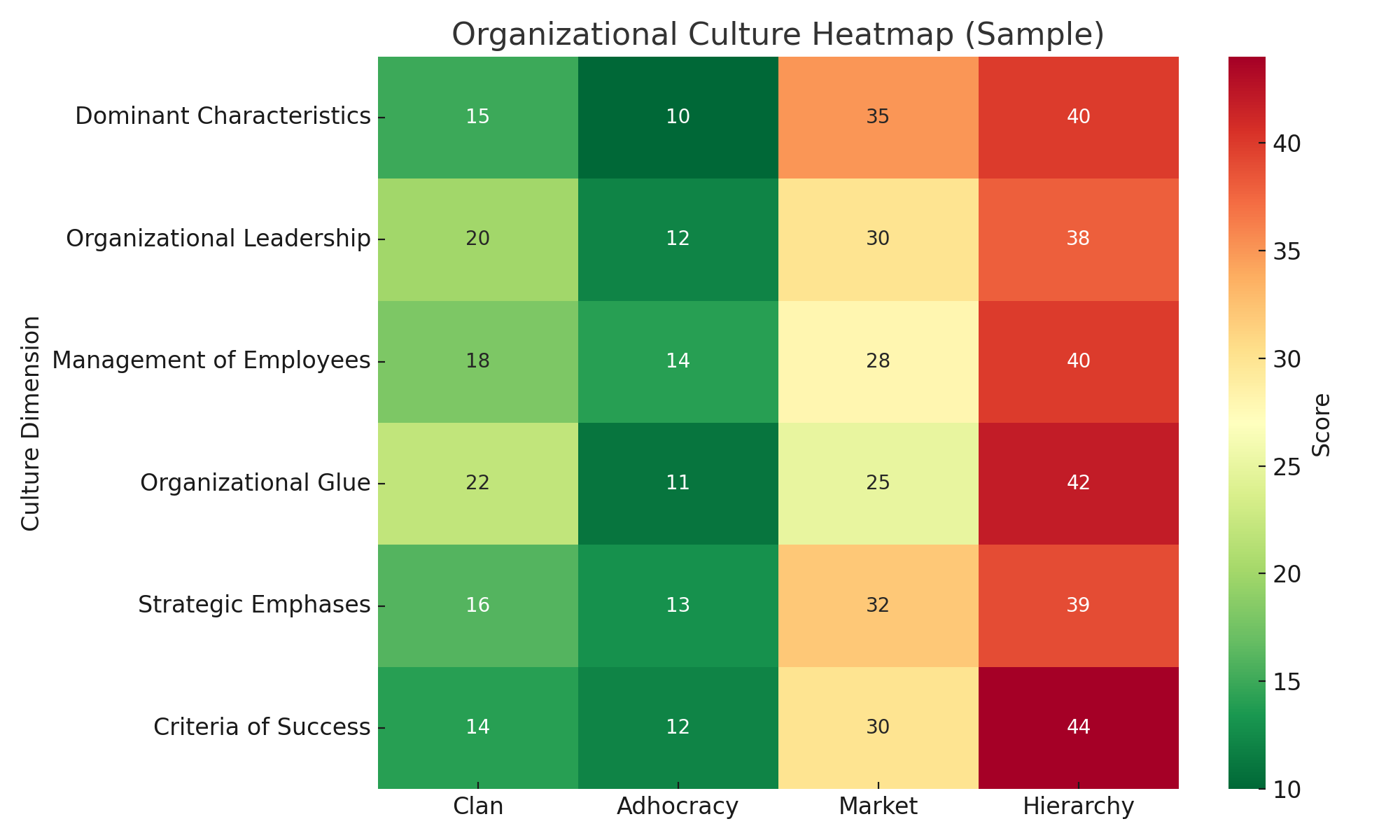
Last week we discussed the first part of this series about how Scrum buzzwords can be a real buzzkill. We aimed to clarify roles, ceremonies (events), and backlog basics without the jargon.
This week, we will focus on designing the organization to fit the mold of an agile philosophy. Scrum sets a single, stubborn constraint: ship a usable increment every Sprint. That one rule sneaks in two more realities. Teams need every skill from idea to production in the same room, or at least the same Slack channel. The Product Backlog must feed that team bite-sized work that can cross the finish line in one to four weeks.
Most organizations trip before the gun fires. They run two-day “Agile 101” classes, shout “go faster,” then wonder why forty percent of the work rolls into the next Sprint. The first step is to design a culture and teams that can thrive within Scrum’s constraints. I am a fan of education and think our workshops and classes impact the team’s knowledge, FUD (Fear-Uncertainty-Doubt), and help them realize a common language. That has to be paired with the organization’s action to help form teams that allow them to thrive based on what they learned in our classes.
Step 1. X-ray the culture in ten minutes.
Skip the six-month consulting safari. Send the OCAI survey to everyone involved in delivery. Ten questions, ten minutes, four culture types, and over 10,000 companies have already tried it. By Tuesday morning, you have a numerical snapshot of how people actually behave, not how the slide deck says they should.
The Organizational Culture Assessment Instrument (OCAI) gives you a quantified snapshot of how your teams actually experience work, not what the slide decks or value statements say. It’s built around the Competing Values Framework, measuring where your culture leans:
- Clan (collaboration & cohesion)
- Adhocracy (innovation & agility)
- Market (results & competition)
- Hierarchy (stability & structure)

You don’t just “rate” your culture, you allocate 100 points across four statements per category to describe your reality. It's fast, revealing, and shockingly accurate when viewed at scale.
Step 2. Turn numbers into a heat map.
Drop the survey output into a simple spreadsheet. Green cells mean flow, red cells mean friction. Print it, pin it, or slap it on a Mural board. Now the invisible becomes discussable, and frightened opinions become visible data we can act on and bake into our education workshops.

Step 3. Ask the “increment question.”
The 6 OCAI Culture Dimensions (Each question targets one of the levers that directly affects your team’s ability to ship usable increments):
- Dominant Characteristics
- What’s the overall vibe of the organization?
- Organizational Leadership
- What leadership style is most visible?
- Management of Employees
- How are people guided, supported, or directed?
- Organizational Glue
- What holds this place together?
- Strategic Emphases
- What does the org care about most when making decisions?
- Criteria of Success
- What gets rewarded?
Bonus (Some teams include a few reflection questions):
- What surprised you most in your results?
- How does our current culture support or block incremental delivery every Sprint?
- What culture signal is a red flag if we’re serious about agility?
You can run it with a spreadsheet, a Mural board, or a survey link.
Point at every red cell and ask, “How does this stop us from delivering a usable increment?” The culture type can indicate where your friction points may lie:
- Hierarchy overload? Cross-team approvals will miss the Sprint boundary.
- Market mania? You will change the scope mid-Sprint and break focus.
- Clan comfort? Conflict avoidance will hide blockers until the last day.
- Adhocracy chaos? Nobody will write acceptance criteria.
Tie colored squares to specific delivery pain so leaders cannot wave them away as we normally experience in long-term change efforts.
Step 4. Design teams, not departments.
Use the heat map as a design brief. If the hierarchy is red, collapse the approval chains. If adhocracy is red, clarify roles and the Definition of Done. Balance skill sets so the team can manage code and compliance paperwork within the same sprint window. Google’s Project Aristotle showed that psychological safety outranks individual IQ for performance; teams that feel safe surface risks early and maintain workflow, more important they feel safe to highlight risks earlier even if they are the risk.
Step 5. Rewrite the Backlog to fit the machine
A cross-functional team still stalls if the Backlog feeds them work shaped for silos. Slice items so they can move from the first line of code to signed-off acceptance in days, not months. Use the Definition of Ready only as a conversation starter, not a phase gate. Work on techniques that drive conversation into the process. Conversations highlight hidden assumptions (our enemy).
Step 6. Review, Inspect, Adapt
Plot carry-over percent next to your culture heat-map each Sprint. If the red squares shrink and spill-over drops, keep going. If they do not, pick a new experiment. Psychological safety surveys can complement OCAI and flag trouble fast; Google researchers tie high psych-safety to consistent delivery results (or what I like to think of as high-performing teams).
Scrum’s increment is immovable, but your culture and team design are not. Let’s tune them so shipping on time feels everyday, not miraculous.